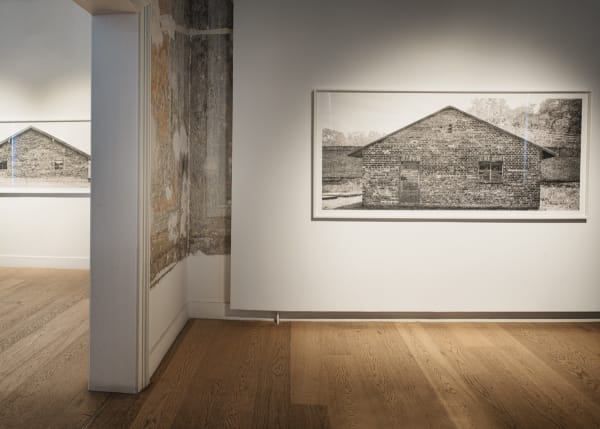Terra Amata: TUNCA
Galerist is pleased to present TUNCA’s solo exhibition titled Terra Amata between the dates 7 September - 14 October 2017. This is TUNCA’s first solo presentation at Galerist after having joined the gallery earlier this year.
Taking its title from the pre-historic settlement in Europe where Neanderthals are first known to have built shelters, the exhibition investigates the relationship between architecture and land around the most basic forms of dwelling. Gathering together TUNCA’s most recent drawings on paper and sculptures, the exhibition also presents a site-specific intervention suspending the gallery’s architecture between objecthood and spatial experience.
Time, memory and commemoration take center stage within the artist’s investigation into architectural function on one hand, and into the fluid relationship between built environment and nature on the other. At first sight, the architectural forms depicted in the series of drawings titled “Domus” appear as the most basic representations of a home. On closer inspection, they reveal disfunctionalities and adaptations, as one has no doors, another has no windows and a third one has its door sealed off with bricks. These playful permutations on the spaces of transition suggest a blurring of the line between inside and outside, pointing either to an unusual extension or a complete obliteration of spaces of transition.
All of these drawings on display are in fact based on photographs taken by TUNCA during a visit to the Auschwitz-Birkenau concentration camps in Poland. These are façade and interior views of the cavalry barracks that were repurposed as part of Auschwitz I, and today repurposed again as monuments commemorating the holocaust. TUNCA’s depictions of brick walls, doors and windows belonging to these structures thread through several layers of history, creating a space where use value and symbolic value constantly replace one another. In these works, buildings are erected, repurposed, monumentalized, forgotten or taken back by nature at once, reminding us the transience of what we consider as granted in our present, history not being just a thing of the past.









